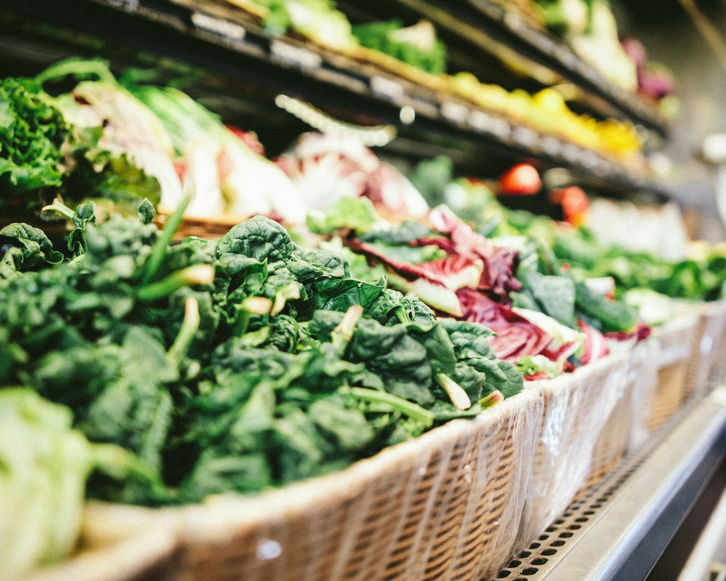Grantee Spotlight
Loudoun Hunger Relief’s Successful Strategy for Going Healthy
By: Northern Virginia Health FoundationA Vision for Universal Access to Healthy Food
In 2015, as we approached our 25th anniversary as an organization, we did some soul-searching, exploring both our challenges and opportunities for the future. Our board of directors articulated a simple but bold vision for a community where everyone has access to sufficient, nutritious food. We documented our core values and developed a strategy, SEED, which stands for:Supply nutritious food
Empower people in the community
Educate our donors, clients, and suppliers on the value of nutritious foods
Deliver the food that people need in the most successful, effective way

